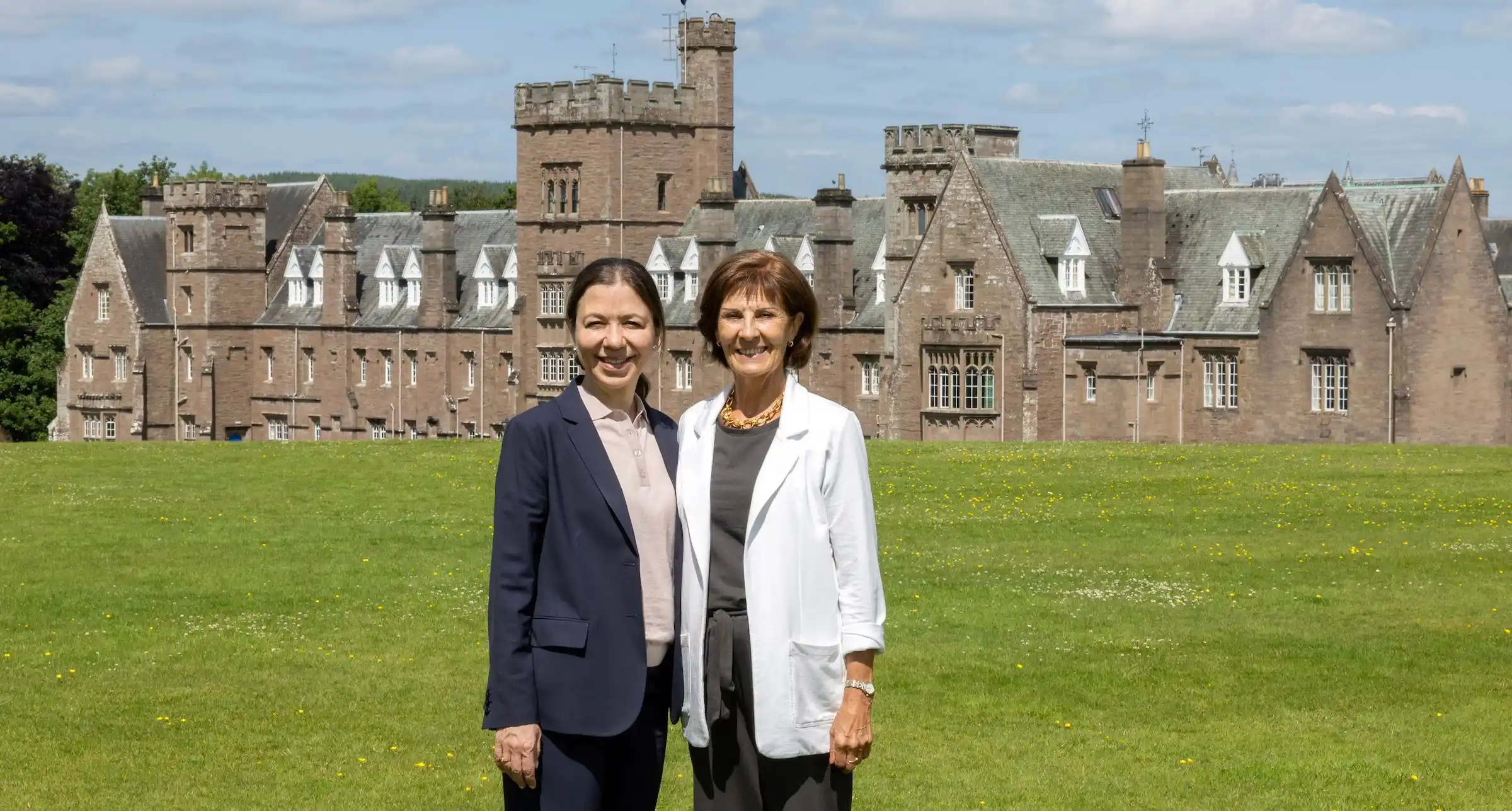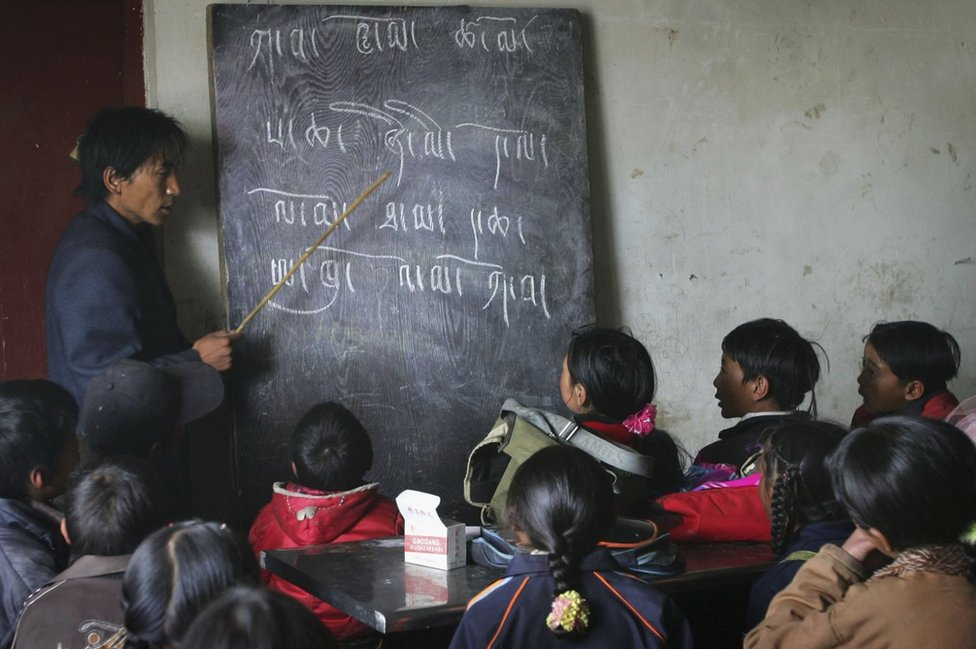
Qld Olympic stadium funded
Queensland Olympic Stadium Secures Funding as Australia Prepares for Brisbane 2032
In a landmark announcement that signals a pivotal step in Australia's journey toward hosting the 2032 Olympic and Paralympic Games, the Queensland government, in collaboration with the federal government, has confirmed full funding for the construction of the new Brisbane Olympic Stadium. This state of the art venue will serve as the centerpiece for the international sporting event, promising not only to host the opening and closing ceremonies, but also to deliver a lasting legacy for Australian sport and infrastructure. With a price tag exceeding $2.7 billion, the stadium project has sparked widespread debate, excitement, and scrutiny, becoming a focal point in the national conversation about Olympic preparedness, public investment, and regional development.
The funding arrangement marks a significant milestone in Australia's preparations for the 2032 Games. Under the terms of the agreement, both the Queensland and Commonwealth governments will share financial responsibility for the stadium and related infrastructure upgrades. The proposed Olympic Stadium will be built on the site of the current Brisbane Cricket Ground known locally as The Gabba which will be demolished and completely rebuilt to meet modern Olympic standards. The new venue will seat approximately 50,000 spectators and incorporate advanced technology, sustainable materials, and multi purpose design features to accommodate various sports, concerts, and community events long after the Games conclude.
Supporters of the project have lauded the funding decision as a transformative investment in Queensland’s future. Premier Steven Miles called it a "generational opportunity" to not only host the world but to elevate Brisbane’s global standing as a dynamic, connected, and forward thinking city. He emphasized that the stadium would serve as an anchor for broader urban renewal, particularly in the Woolloongabba precinct, where plans are underway to improve public transport, housing, and green spaces. According to government projections, the Games are expected to inject billions into the local economy, create thousands of jobs, and attract significant private investment in tourism and real estate development.
However, the decision to fund the stadium has not been without its critics. Opposition leaders and community advocates have questioned the scale of the expenditure at a time when many Australians are grappling with cost of living pressures, a housing affordability crisis, and an overstretched healthcare system. Some have labeled the stadium a “vanity project,” arguing that public funds would be better spent on social infrastructure like hospitals, schools, and regional transport. Environmental groups have also raised concerns about the carbon footprint of demolishing and rebuilding an existing stadium rather than retrofitting it. The debate has reignited familiar tensions about the true value of hosting mega events in an era of economic uncertainty.
To address these concerns, both levels of government have committed to a set of transparency and accountability measures. The stadium project will be subject to independent oversight, regular progress reports, and strict sustainability benchmarks. Officials have also pledged to prioritize local labor, materials, and suppliers in the construction phase to ensure the economic benefits are felt broadly across Queensland. In addition, plans include creating a community liaison board to ensure local residents have input into decisions related to noise, traffic, and public amenity impacts during the lengthy construction period.
In design terms, the new Olympic Stadium is being touted as a model for post Games utility. Unlike past Olympic venues that became white elephants, the Brisbane stadium is intended to be adaptable and inclusive. It will feature modular seating to allow capacity adjustments based on event type, world class accessibility features, and facilities for both elite and grassroots sports. Designers are also integrating solar power, rainwater harvesting, and energy efficient lighting systems in a bid to meet the highest green building certifications. The stadium is part of a wider sustainability vision for the 2032 Games, which aims to be the most climate responsible Olympics ever staged.
Community reaction has been mixed, reflecting the complexities of large scale infrastructure development. While many residents express pride and optimism about Brisbane’s emergence onto the world stage, others remain wary of disruptions and long term financial commitments. Local businesses near The Gabba have voiced concerns about the impact of demolition and construction on customer access and foot traffic, though some also see opportunity in the influx of workers and eventual rise in tourism. The Brisbane City Council is working closely with stakeholders to provide mitigation strategies, including grants, temporary relocation assistance, and promotional campaigns to keep the area economically vibrant throughout the construction phase.
Internationally, the announcement of full funding has been welcomed by the International Olympic Committee (IOC), which has repeatedly praised Brisbane’s planning approach. IOC President Thomas Bach issued a statement expressing confidence in Australia’s ability to deliver a world class Games that aligns with the Olympic Agenda 2020+5 a roadmap focused on sustainability, cost control, and legacy. Australia, which previously hosted the Summer Olympics in Melbourne (1956) and Sydney (2000), is seen as a reliable partner with a proven track record in executing complex international events. The 2032 Games are expected to build on this legacy while setting new standards in innovation, inclusivity, and environmental stewardship.
In conclusion, the confirmation of funding for the Brisbane Olympic Stadium marks a significant turning point in Australia’s preparations for the 2032 Olympic and Paralympic Games. It brings clarity and momentum to a project that will not only define the Brisbane Games but also reshape a key part of the city for decades to come. While the path forward will require careful navigation of economic, environmental, and social considerations, the commitment to transparency, local engagement, and long term value creation offers a blueprint for responsible mega event planning. As Queensland embarks on this transformative journey, the stadium stands as both a physical and symbolic cornerstone of Australia’s Olympic future.











